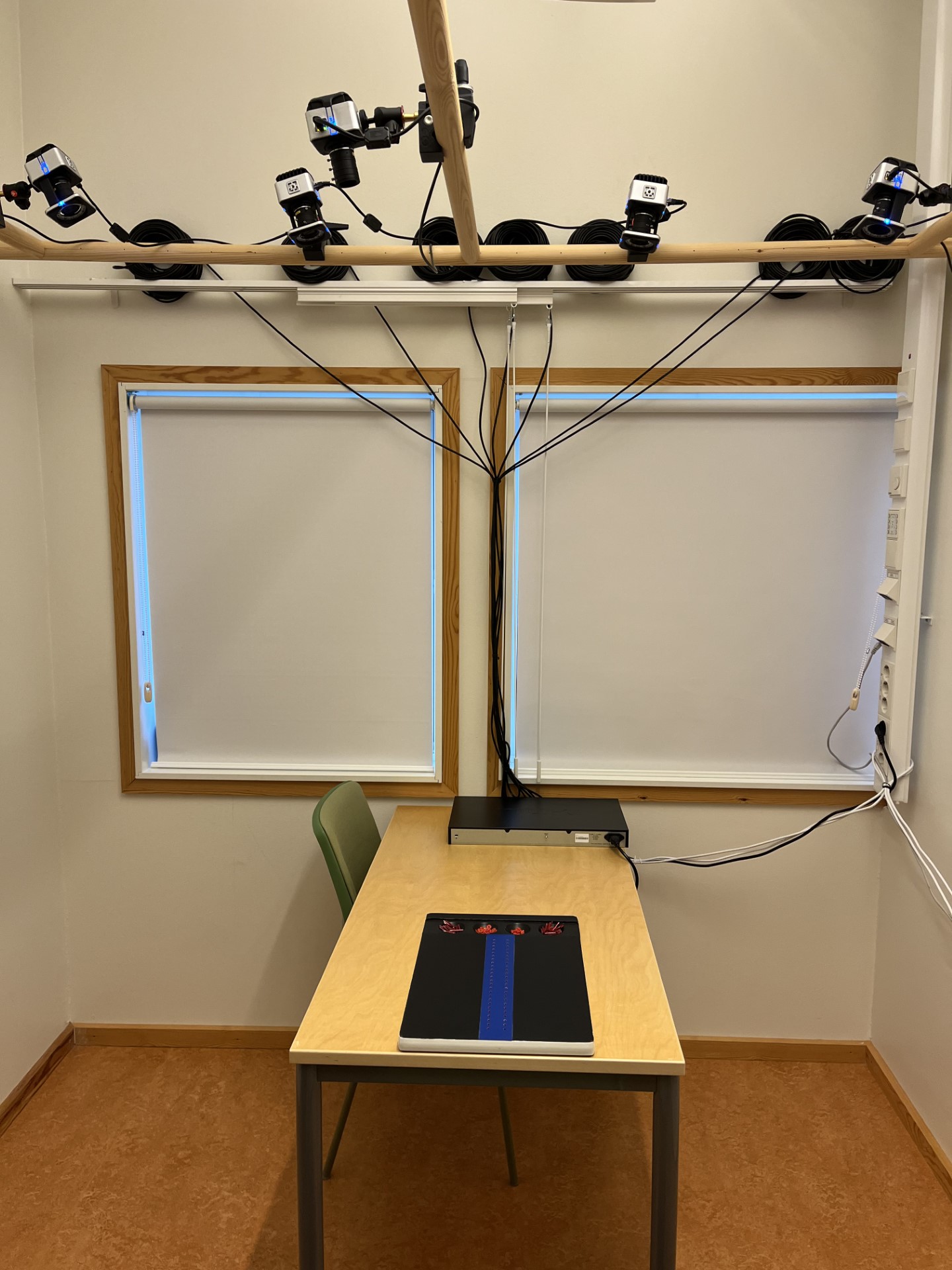Manual dexterity and dual-tasking in young and older adults
PI: Olena Vasylenko
In this project we investigate how manual dexterity tasks of varying complexity are affected by motor-cognitive dual-tasking in young and older adults, and how this is related to executive function.
To measure dexterity we employ the Purdue Pegboard Test, which assesses both gross and fine hand movements. We record performance with a 3D motion capture system and perform a detailed kinematic analysis. The cognitive dual-task used in this study is counting backward. We also assess executive functions, such as attention shifting, inhibition, and working memory.
The aim of this project is to explain the effects of dual-tasking on manual dexterity in different age groups and its association with executive functioning.
 Pegboard Test consists of peg-manipulation tasks, ranging in complexity from inserting one type of peg with the dominant hand to assembling sequences of three different types of pegs with both hands. Reflective markers are attached to the hands to provide coordinates for 3D kinematic analysis. Pegboard Test consists of peg-manipulation tasks, ranging in complexity from inserting one type of peg with the dominant hand to assembling sequences of three different types of pegs with both hands. Reflective markers are attached to the hands to provide coordinates for 3D kinematic analysis. |
 |
|
|